
Unleashing the Full Potential of Your Electric Vehicle
Posted in Motoring Tips
Essential Tips for Maximizing Your EV's Driving Range
Electric vehicles (EVs) are revolutionizing the way we drive. While they share many similarities with their internal combustion engine (ICE) counterparts, one repeated concern for EV owners is the driving range.
Like ICE cars, various factors can impact how far you can go on a single charge and many of the same exercises that help to extend your ICE vehicle's range offer the same benefits for EVs.
Understanding these factors and how to optimize them can help you get the most out of your EV.
Key Factors That Impact Your EV's Driving Range

Driving Style Matters
Leadfoots beware - how you drive your EV plays a crucial role in determining its range.
While speed is a factor due to aerodynamic drag, heavy acceleration is the key concern here for energy consumption. The heavier you put your foot down, the more power the motor will draw from your battery.
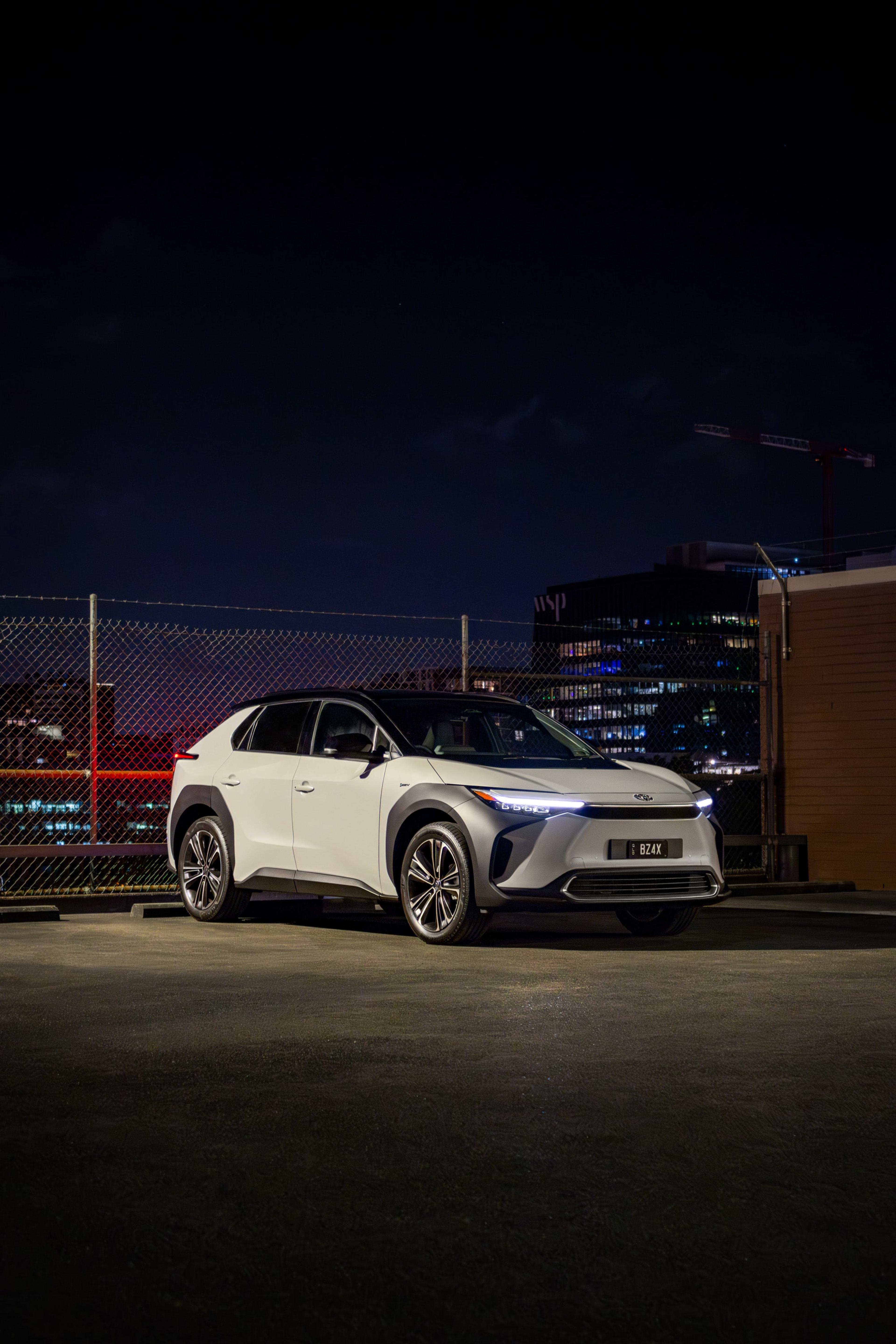
Environmental Conditions
Lithium-ion batteries store and deliver less energy in cold weather, while maintaining optimal battery temperature and cabin comfort draws additional energy, further reducing driving range.
In high temps, EV batteries can become less efficient, leading to reduced range and energy storage. The car's thermal management system may have to work harder to maintain optimal temps which, in turn, consumes more energy.
As with all vehicles, strong winds can also reduce range with a strong headwind having the ability to increase drag.
The terrain of your route can have an obvious effect on range with a primarily uphill journey requiring more energy draw. Long, flat stretches of road aren't much better as there's less opportunity to use regenerative braking to help prolong your EV's range.
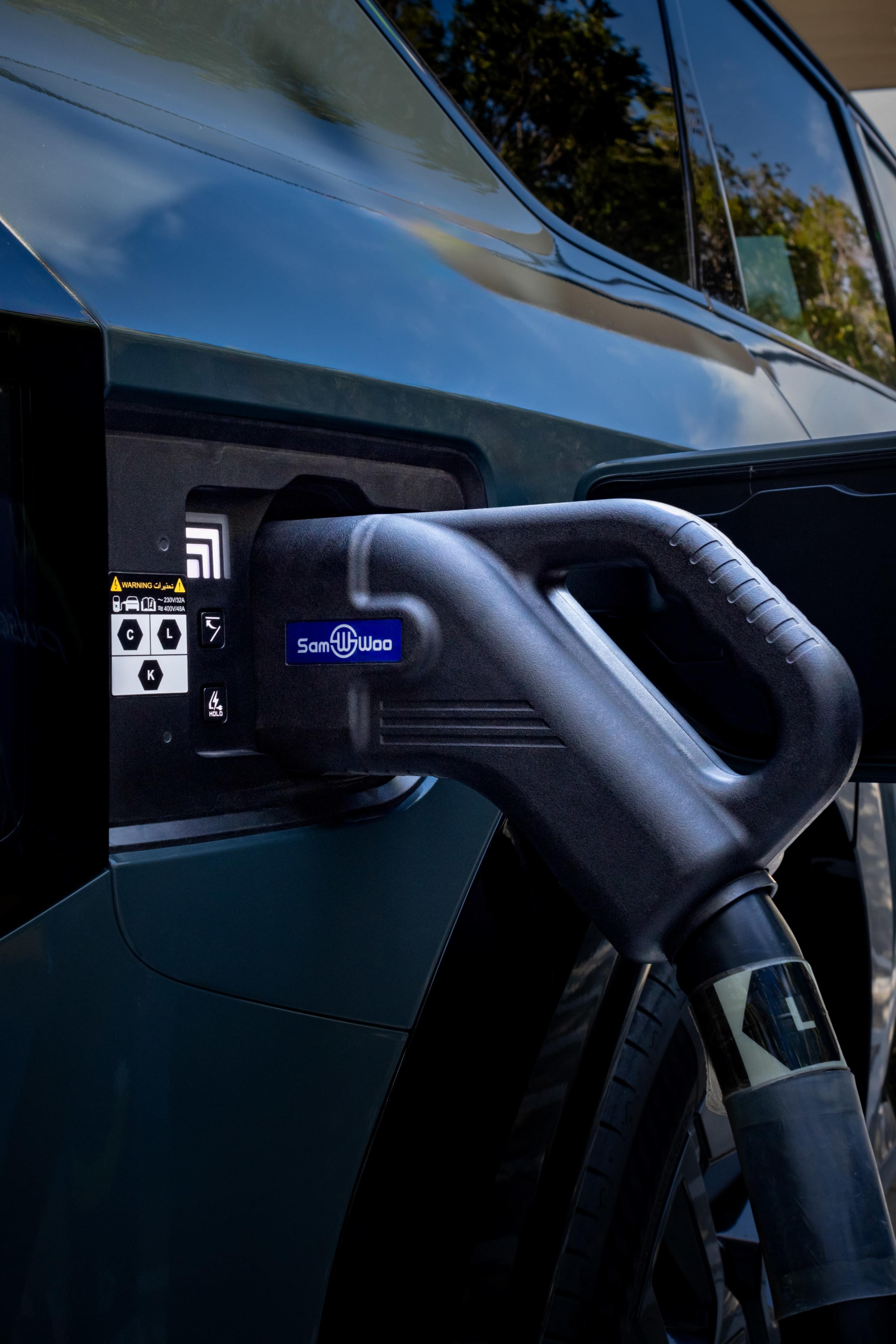
Electric Load Usage
The use of electrical systems within your EV can have a significant impact on driving range. While manufacturers are constantly improving their technologies, air conditioning or heating systems can still draw substantial energy. By using these systems sparingly, or opting for an Eco mode, you can help to conserve your EV battery's power.
Other significant consumers of power include infotainment systems and charging outlets. On top of this, leaving lights on for extended periods can slowly eat away at your storage so it's always ideal to ensure you've switched everything off before leaving your vehicle.
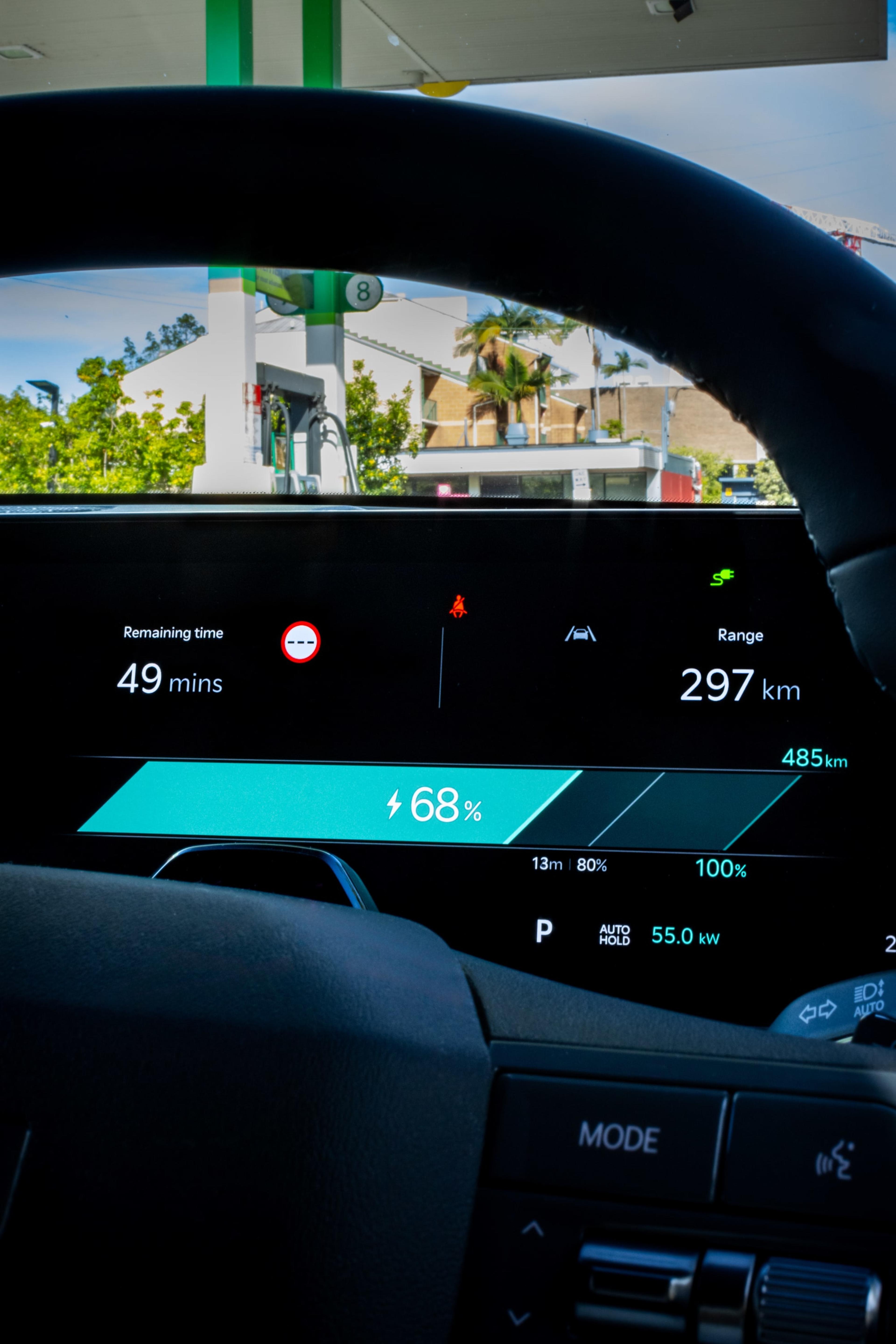
City vs. Highway Driving
The areas in which you undertake most of your travel are also a key factor in your EV's driving range. Routinely driving city streets will have a different effect on range compared to those who spend most of their time on highways.
For city drivers, the overall lower speeds require less energy drawn from the battery. To compound this, the frequent stops and starts of city driving can be more efficient due to the benefits of regenerative braking.
On the other hand, highway driving involves higher speeds at a constant rate therefore providing less opportunity to utilise regenerative braking. Combining this with the fact that highway driving also involves greater aerodynamic drag, EVs are less suited to highway commuters than city dwellers.
Strategies You Can Implement to Extend Your EV's Range

Fine-Tune Your Driving Habits
Improving your driving style is one of the most effective ways to extend your EV's range and there's several essential practices you can employ to get the most out of your EV's battery.
A smoother touch with gentle acceleration is to conserving energy. Maintaining a consistent speed, and avoiding unnecessary braking or rapid speed changes will help you get the most out of your EV's battery.
Your brake pedal can also be your friend by utilising regenerative braking effectively. Regenerative braking allows your car to recover kinetic (moving) energy under deceleration converting it back into stored energy to recharge your battery.
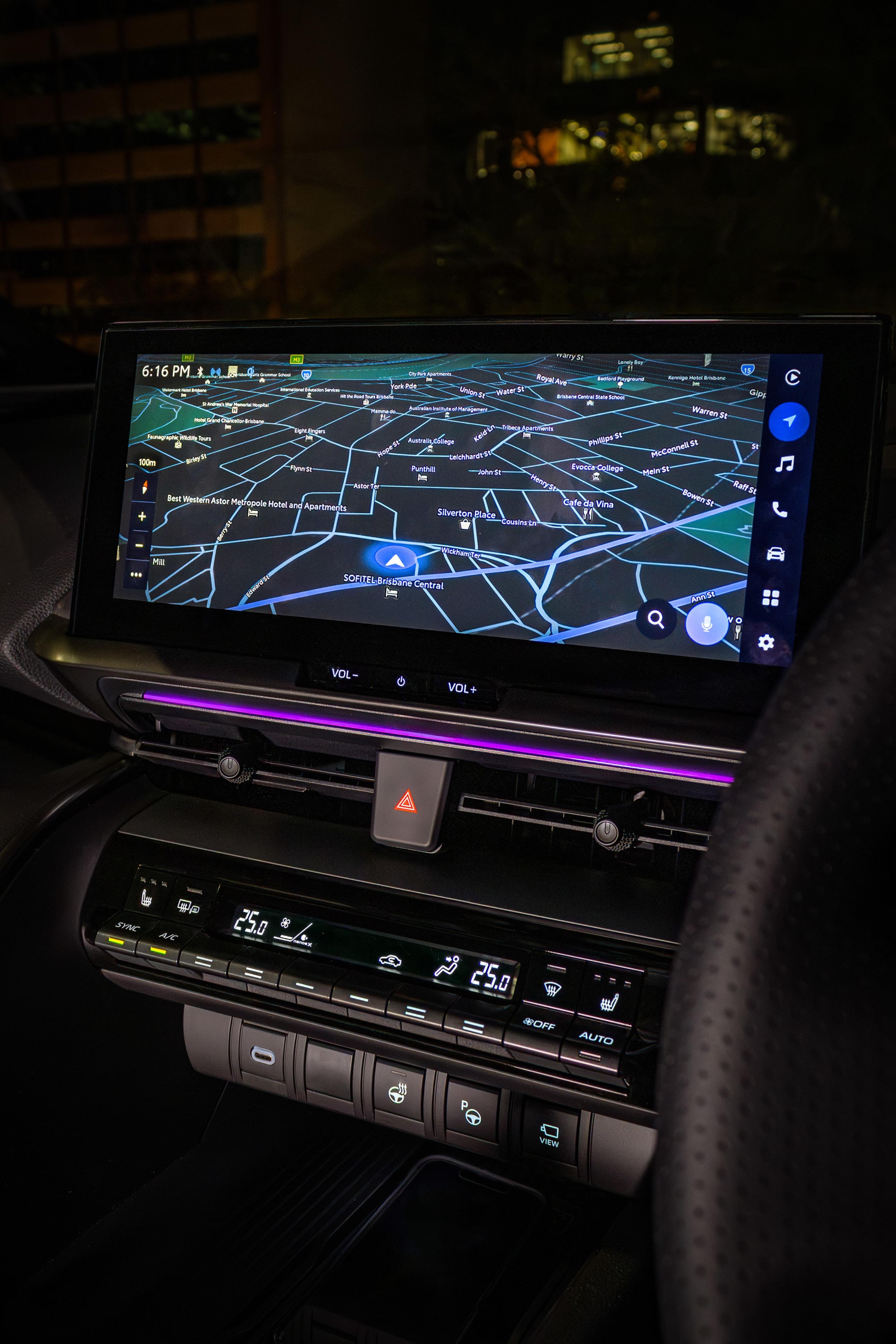
Optimize Climate Control Use
Managing your EV's climate control systems can make a significant difference in driving range and the first step can be undertaken while you're still at home connected hooked up to your charging outlet.
Many manufacturers offer the ability to control many aspects of your EV (incl. A/C) from a smartphone app meaning you can precondition the cabin of your EV while still plugged in minimising the energy drawn from the battery during your drive.
The second step occurs once you've left the house in the form of driver-only climate settings. Available in some EVs, driver-only settings reduce the amount of energy drawn from the A/C system by only powering what's needed to keep the driver comfortable.
While only small, these adjustments can collectively contribute to extending your range and, over time, offer significant energy savings.

Lighten the Load
Reducing unnecessary weight in your EV is a simple yet effective way to improve efficiency. Remove any excess toys, tools, bags or other items from your vehicle to reduce weight. If you have roof racks that aren't utilised often, we recommend removing them as they can increase aerodynamic drag. Keeping your vehicle as light as possible will help the battery last longer and provide greater driving range.
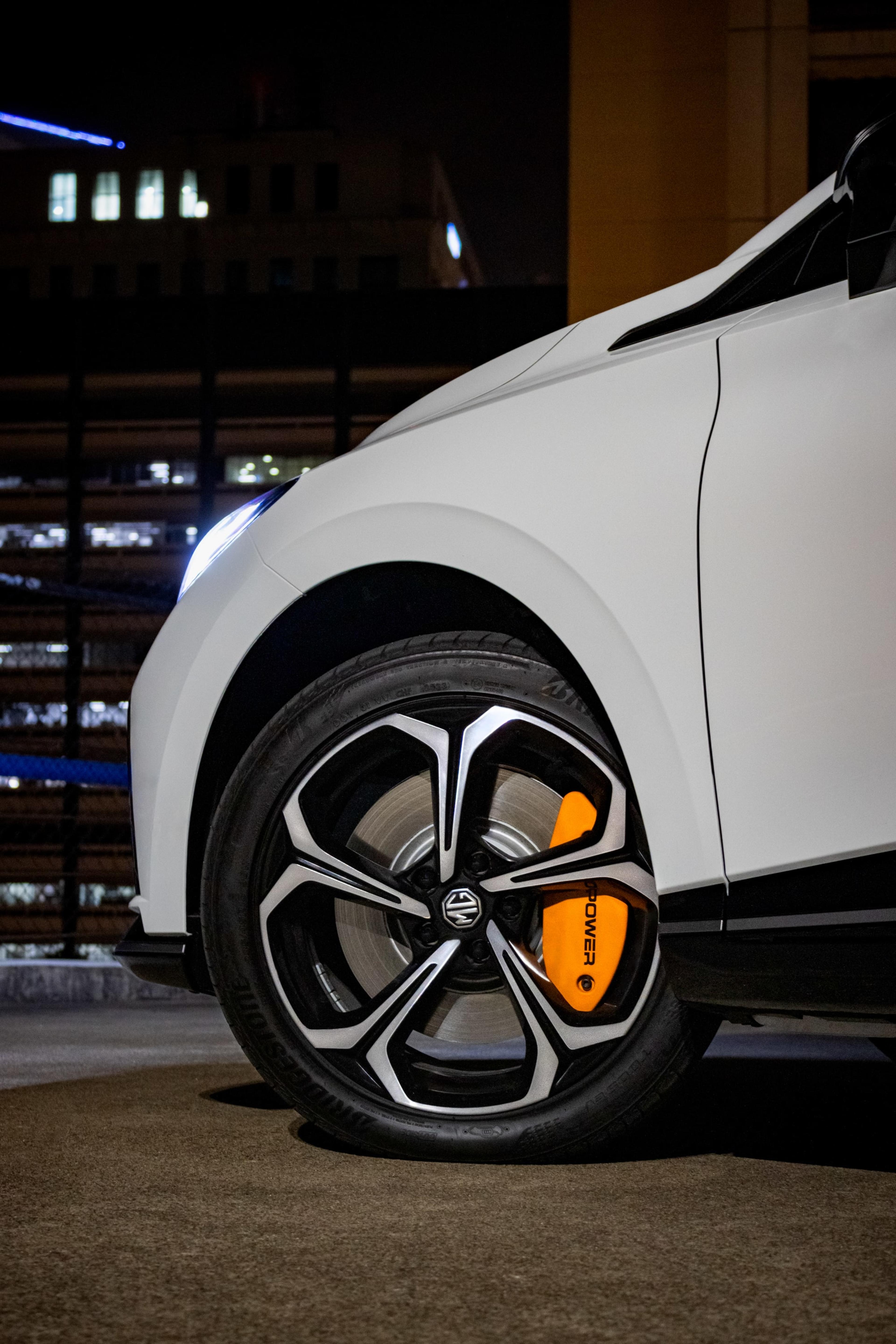
Maintain Proper Tyre Pressure
Regularly checking and maintaining tyre pressure as specified by the vehicle and tyre manufacturer is crucial for optimal performance and efficiency.
Appropriately inflated tyres reduce rolling resistance reducing friction and drag, allowing your EV to travel further on a single charge. Staying up-to-date with your servicing schedule is also essential to ensure your tyres are in good condition and properly aligned which is another factor contributing to better energy efficiency.
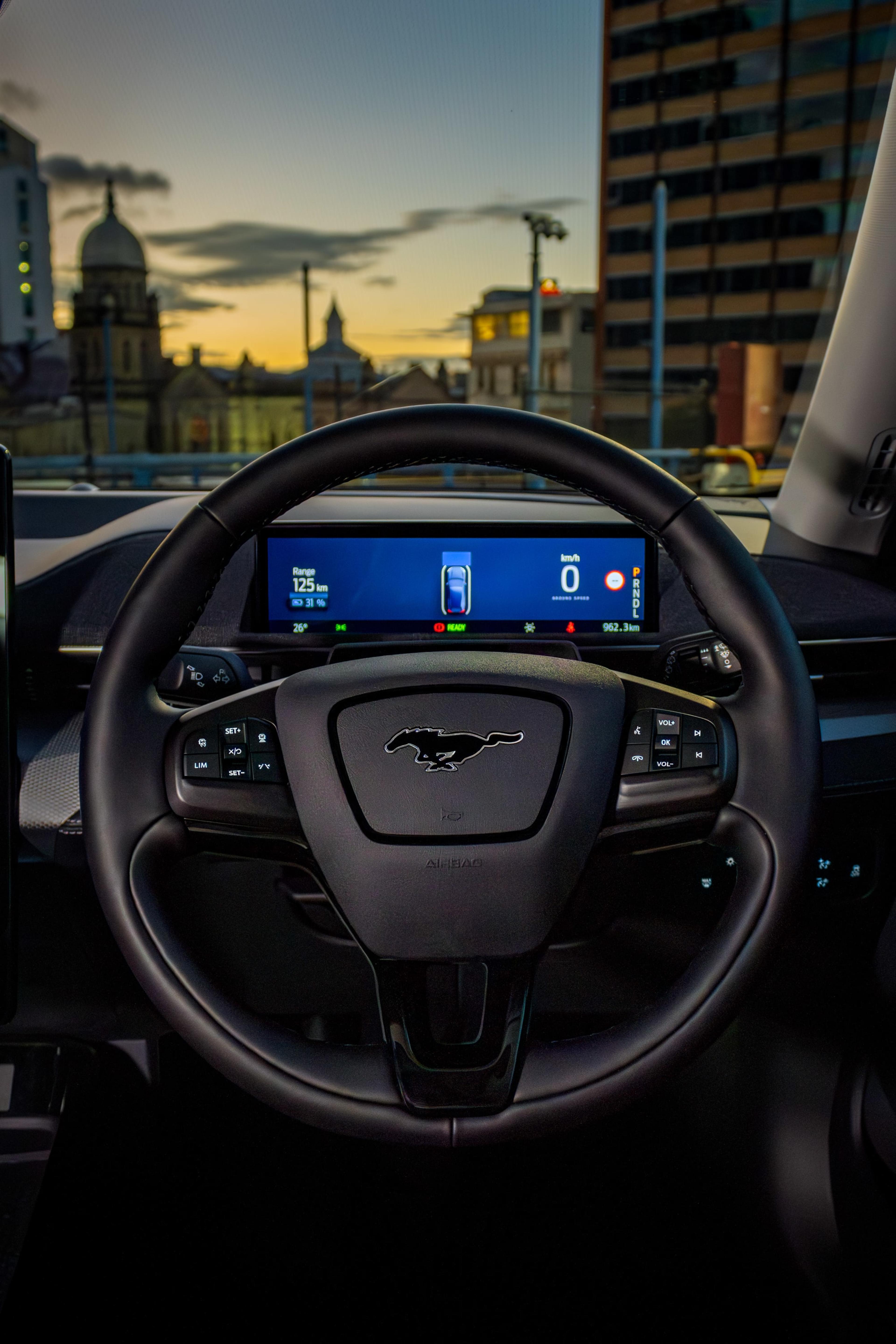
Plan Efficient Routes
It may sounds a bit wacky and overthought, but using navigation tools to plan the most efficient routes can certainly play a role in improving your driving range.
Avoiding things like heavy traffic or steep inclines when possible can conserve energy while, on longer journeys, planning your charging stops in advance can ensure you reduce unnecessary travel off your intended route, allowing for more efficient and reliable journeys.
By understanding the factors that impact your EV's driving range and implementing these tips, you can enjoy longer, more efficient journeys. Happy driving!



